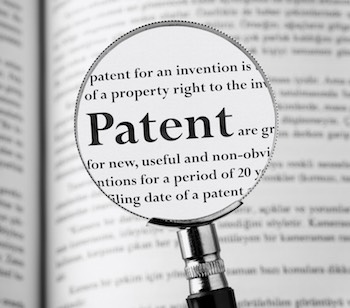
Interpreting Patent Claim Limitations – A Recent Decision
© 2003, Dawsey Co., LPA
August 2003
The United States Court of Appeals for the Federal Circuit (CAFC) has recently decided Storage Tech. Corp. v. Cisco Sys., Inc., further solidifying how the limitations of patent claims are to be interpreted. The CAFC examined the district court’s review of claim limitations in this case.
A patent infringement action was filed by Storage Technology Corporation (StorageTek) in the U.S. District Court for the Western District of Wisconsin against Cisco Systems, Inc. and Cisco Technology, Inc. (collectively, Cisco) alleging infringement of two patents. The case was then transferred to the the Northern District of California. The patents at issue relate to the movement of data packets, and the associated device protocol, in a high-speed packet data network.
The district court held a Markman hearing and issued a claim construction order. The court construed one of the claims at issue to require two caches (small, usually temporary, memory that can be quickly accessed, often used to store a copy of instructions or data obtained from main memory). The district court then granted Cisco’s motion for summary judgment for noninfringement based on the fact that the Cisco product in question contains only one cache, and therefore does not literally infringe the asserted claims.
The CAFC held that the district court disregarded the well-established rule that while proper claim construction requires an examination of the written description and relevant prosecution history to determine the meaning of claim limitations, additional limitations may not be read into the claims. The CAFC recognized that there is sometimes a fine line between reading a claim in light of the written description and relevant prosecution history, and reading a new limitation into the claim. Further, the CAFC recognized that interpreting what is meant by a word in a claim is not to be confused with adding an extraneous limitation, which is improper.
The CAFC held that the district court erred in its claim construction of several terms in the patent at issue. The district court incorrectly adopted the two cache limitation into the claims and erred in the grant of summary judgment of noninfringement. The case has been remanded for further proceedings consistent with the CAFC opinion.
